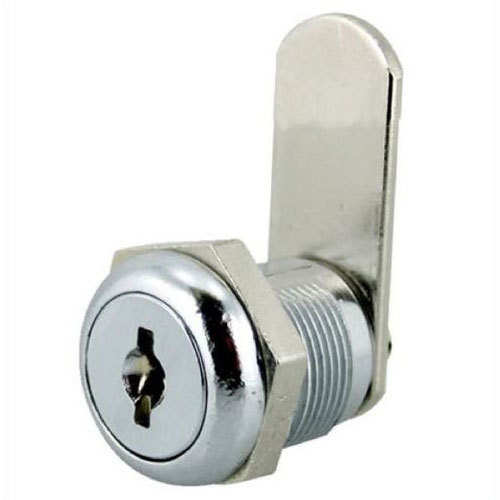The cam lock, also known as the cam or the torsion lock, has become one of the most commonly used locks on almost any material object that requires to stay closed. For example, many vehicles today use Cam Lock in place of regular door latches to keep the doors shut when driving at high speeds and/or to prevent forced entry into the vehicle while parked.
Understanding The Basics
Cam locks (also known as cam latches) are a type of locking mechanism which use a rotating wheel with spikes or pins to lock or unlock the device.
Cam locks come in all shapes and sizes, but most have some similar components: A rotating wheel with teeth that can line up with either the inside or outside of the Cam Lock, depending on which way you turn it. The wheel is held together by a spring that can be compressed to hold the teeth against one side or pushed outwards to allow them to line up with the other. They come in both single-acting, meaning you must turn the wheel clockwise to make it release, and double-acting, meaning you can turn it either way. Double acting ones are generally preferred because they work better when wearing gloves. If you don’t need the handle to stay locked, then a single-acting cam latch is what you want; however, if the object needs to stay locked when someone else uses it, then a double acting one would be best.
Another benefit of these types of locks is that no tools are needed for installation; just slide open and close using your hands. You may need tools for tightening/adjusting once installed though!
A Brief History Of Cam Locks
Cam locks were invented by John J. Leonard in 1872. The Cam Lock is a type of locking mechanism that is operated by rotating a round cam-shaped part. The invention was originally intended to lock drawers, but it has been adapted for various other purposes as well. It was patented on March 7, 1878, by John J. Leonard of Woonsocket, Rhode Island. He also obtained patents for devices using his inventions. One application was to prevent unauthorized access to the delicate mechanisms inside pianos from curious fingers or small children who might be nearby.
The popularity of the cam lock grew with the expansion of American industry after World War II, because manufacturers found them more durable than traditional spring latches and more convenient than padlocks. They have become common on water pipes carrying hot or cold water throughout buildings, machinery such as compressors or turbines, storage tanks containing flammable liquids such as gasoline or oil, and electrical switchgear cabinets containing live high voltage circuits.
Where To Use A Cam Lock
Cam Lock, also known as cam-operated locks or camlocks, have been around for a long time and have proven to be reliable. They can be used to secure everything from a padlock on a gate or locker to the door of your home. The beauty of these locks is that they use minimal parts, which means they can be made quickly while still being strong. There are three major components that go into a cam lock: the locking device, the bolt, and the handle or knob. When the correct key is inserted, it engages with teeth inside of the cam (in some cases). When this happens, it pushes down on the bolt and then causes it to rotate. Once this happens, there’s no way for someone else to open the lock unless they have a key that matches yours.
The best thing about these locks is that you don’t need any extra devices to operate them; just insert your key and turn!
How To Choose The Right Type Of Cam Lock
Cam locks can be found in a variety of industries, but how do you know which ones to use for your project? The first thing you need to figure out is what kind of material will the cam lock be interacting with. Next, decide whether the Cam Lock will be carrying only light loads or if it will need to carry heavy loads. Finally, think about the environment that the cam lock will be operating in. You’ll want one that is resistant to corrosive chemicals if it’s working near those kinds of substances. Here are some specific industries where cam locks might come into play: Automotive: These come in handy for locking up hoods and trunks on cars. Construction: These often work as an anchor point for scaffolding as well as holding tools together at ground level. Mining: They’re also good at keeping tools from falling down mine shafts while still allowing workers access to them when needed. Food Industry: With their resistance to corrosion, these work well in food processing plants where there may be lots of acidity or other things that could cause the metal parts inside a lock to corrode over time. There are a lot more potential uses than these though!
Apart from that if you want to know about Philips Digital Lock Singapore then please visit our Business category












